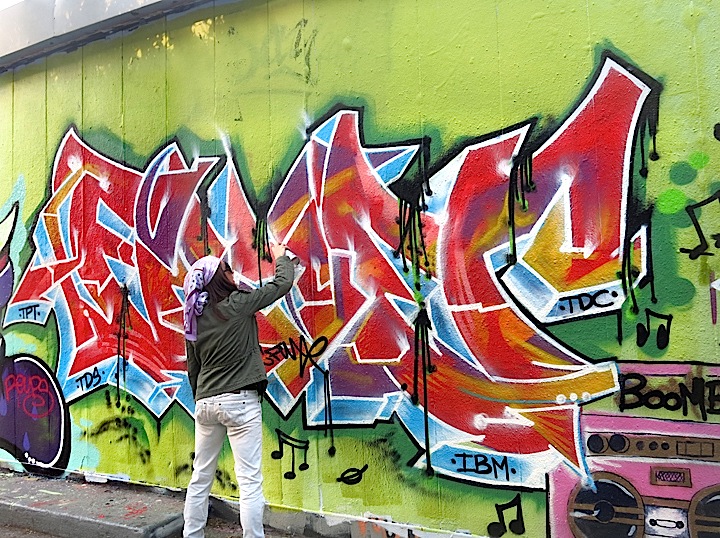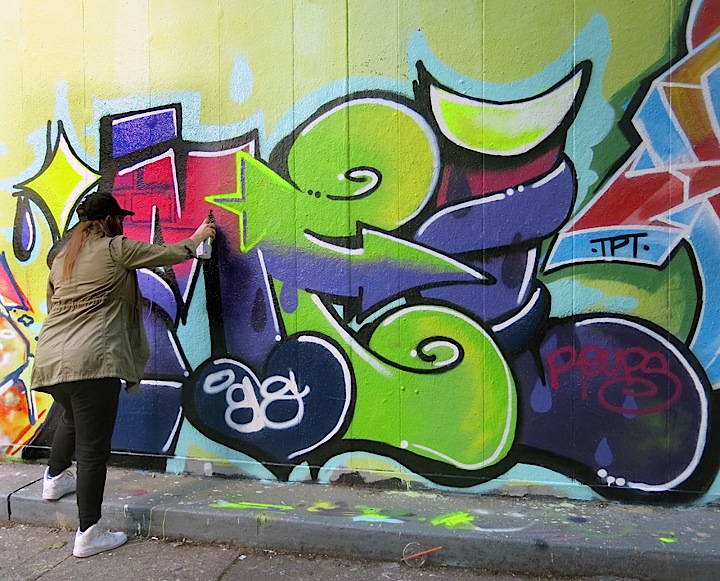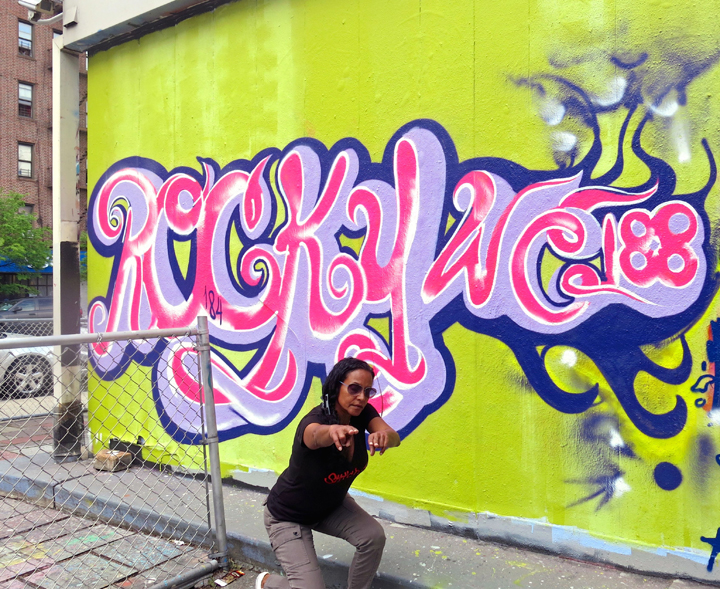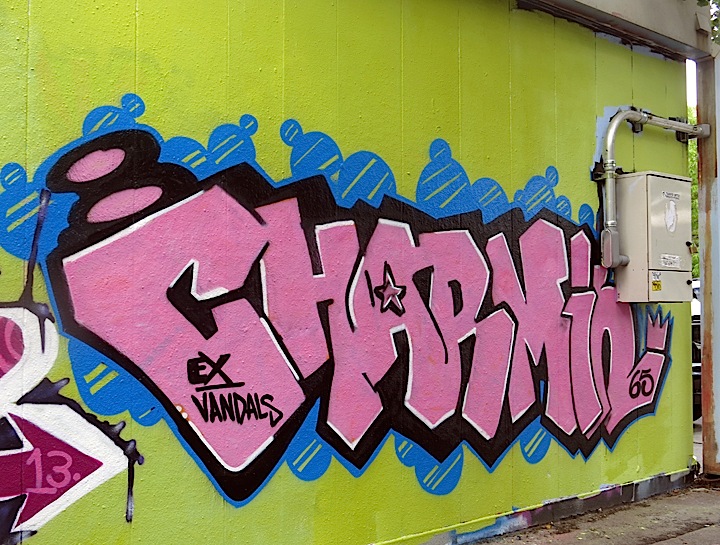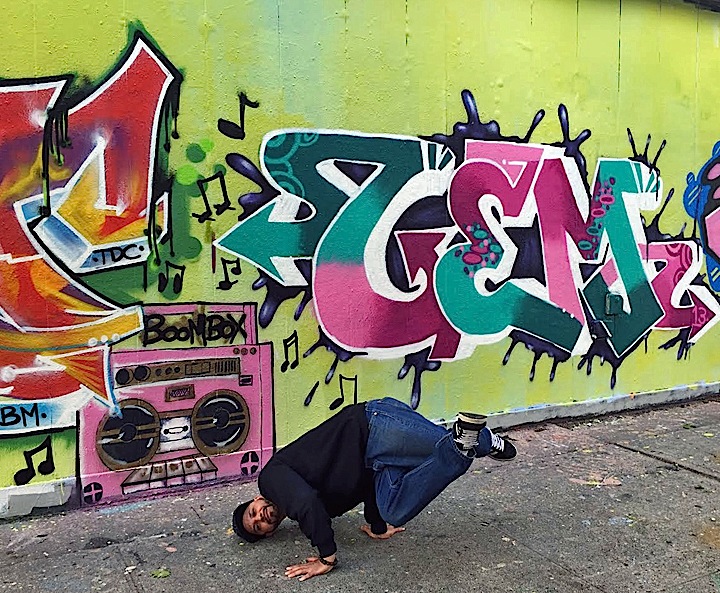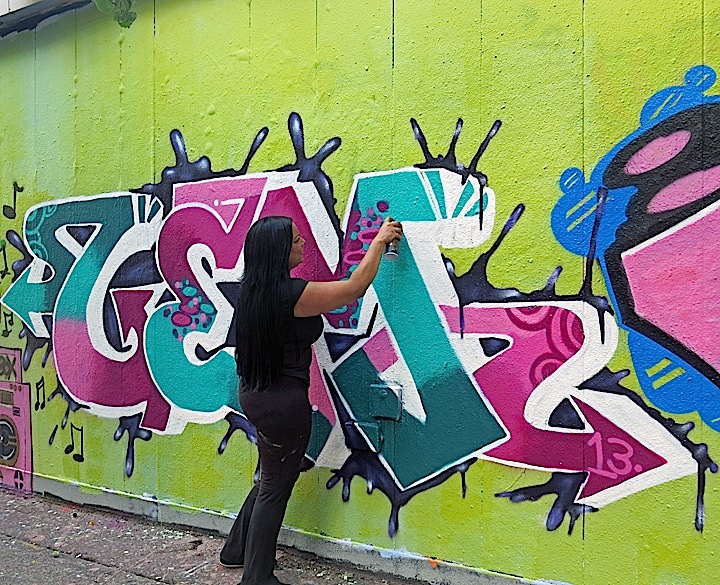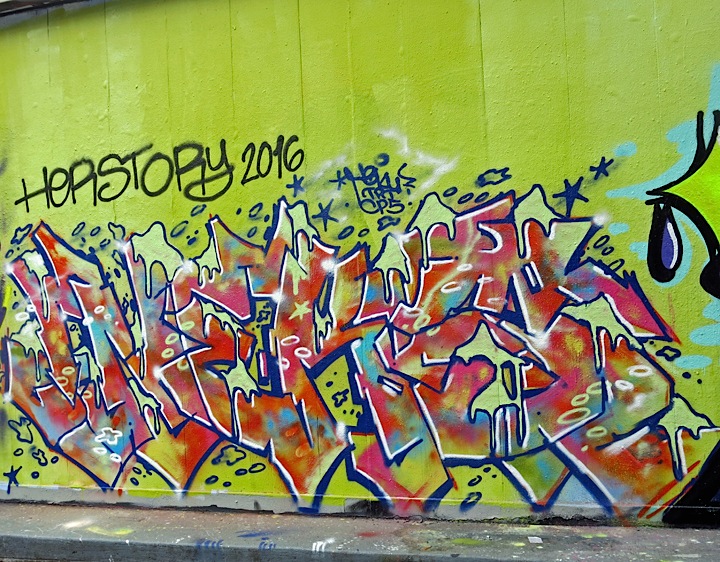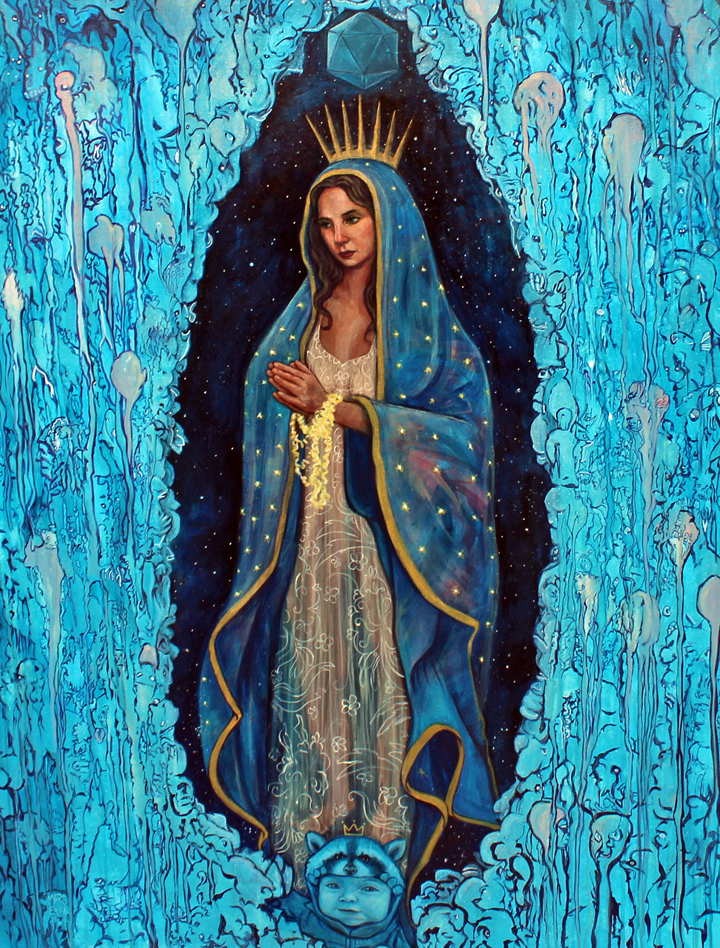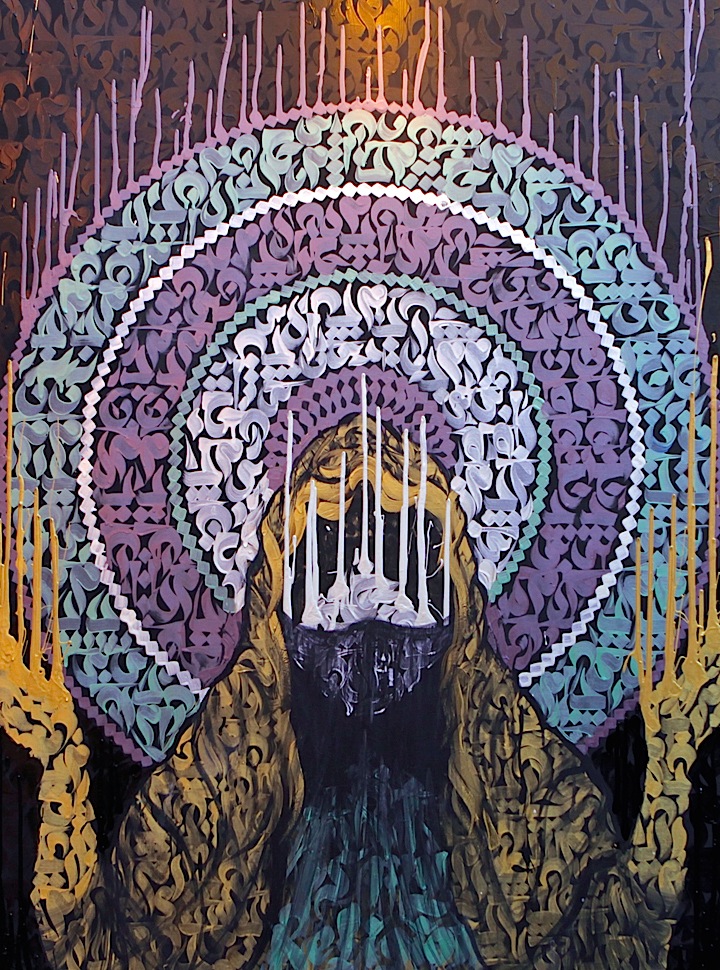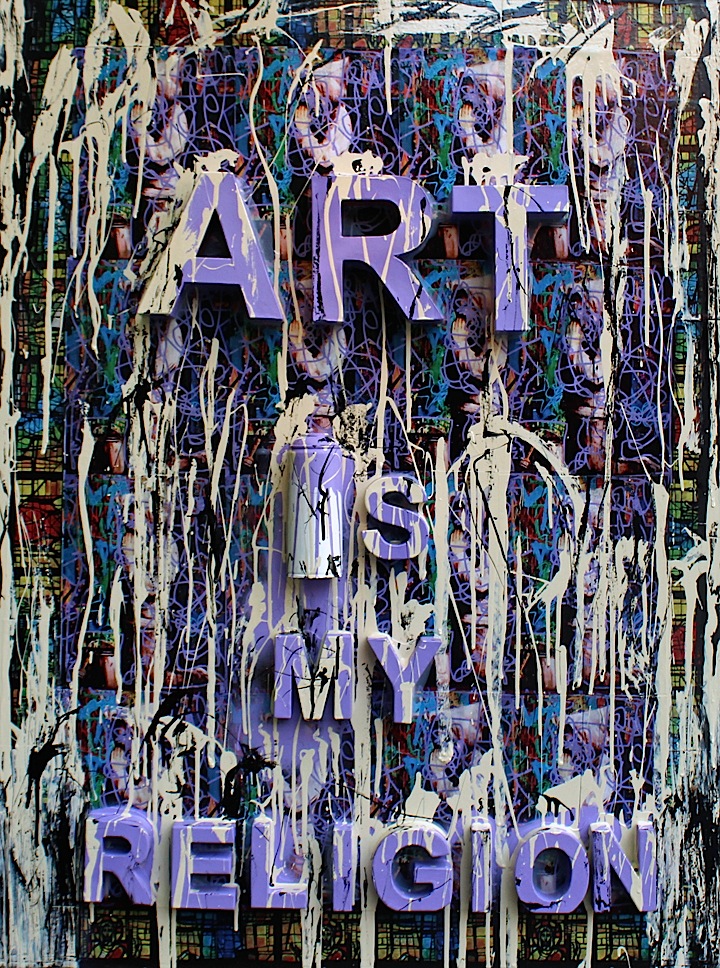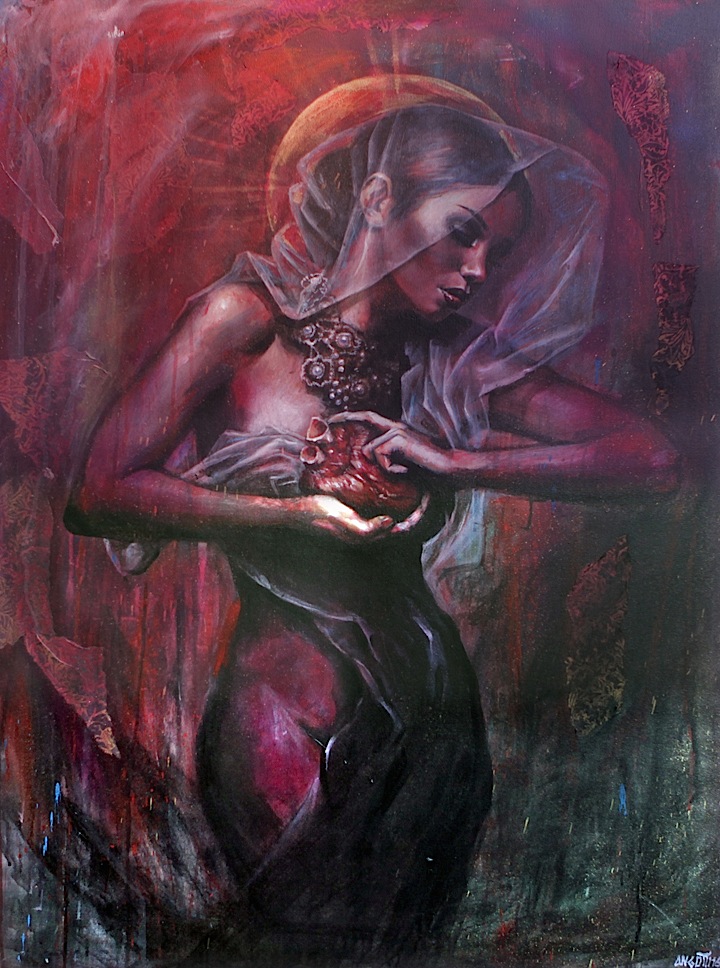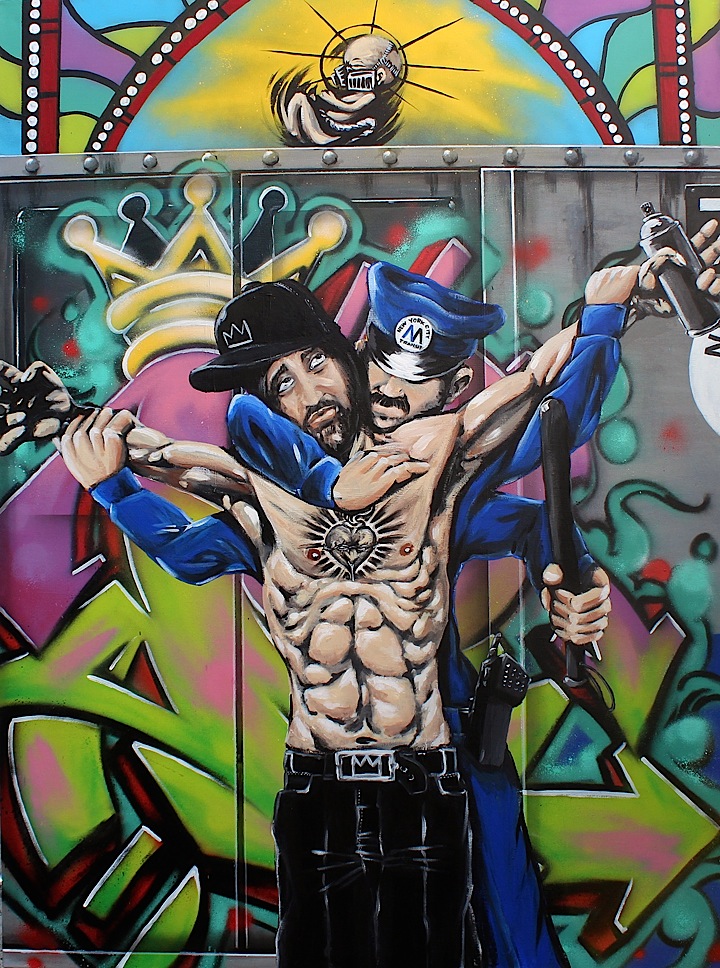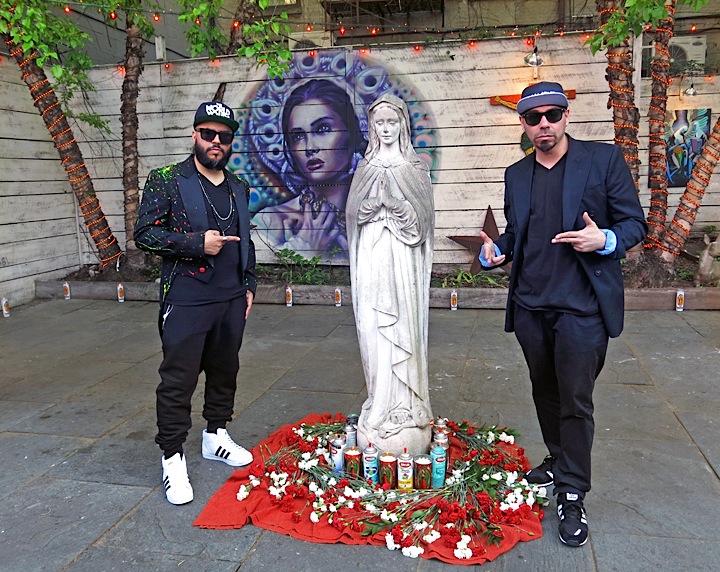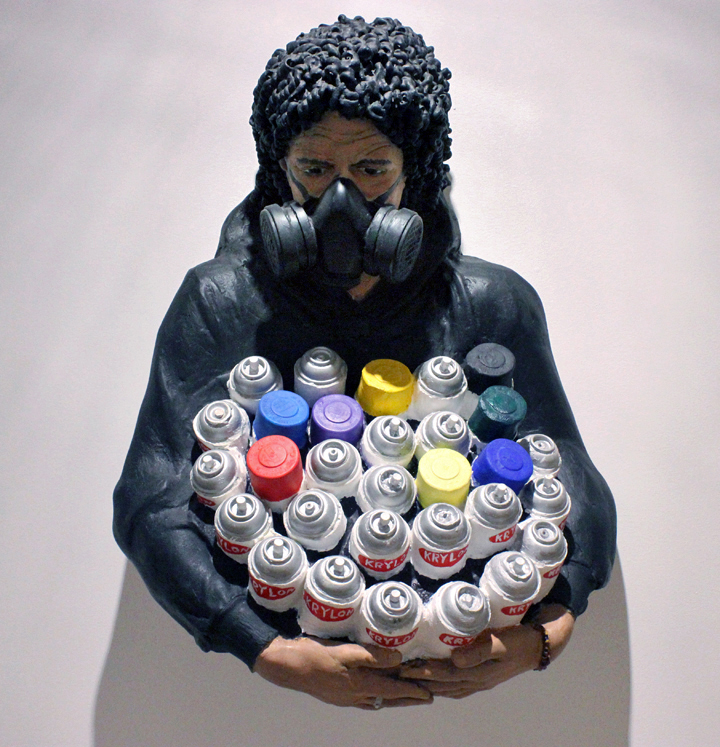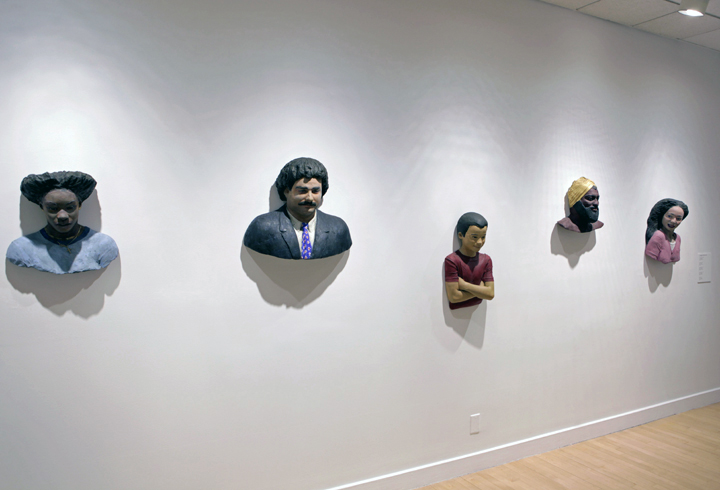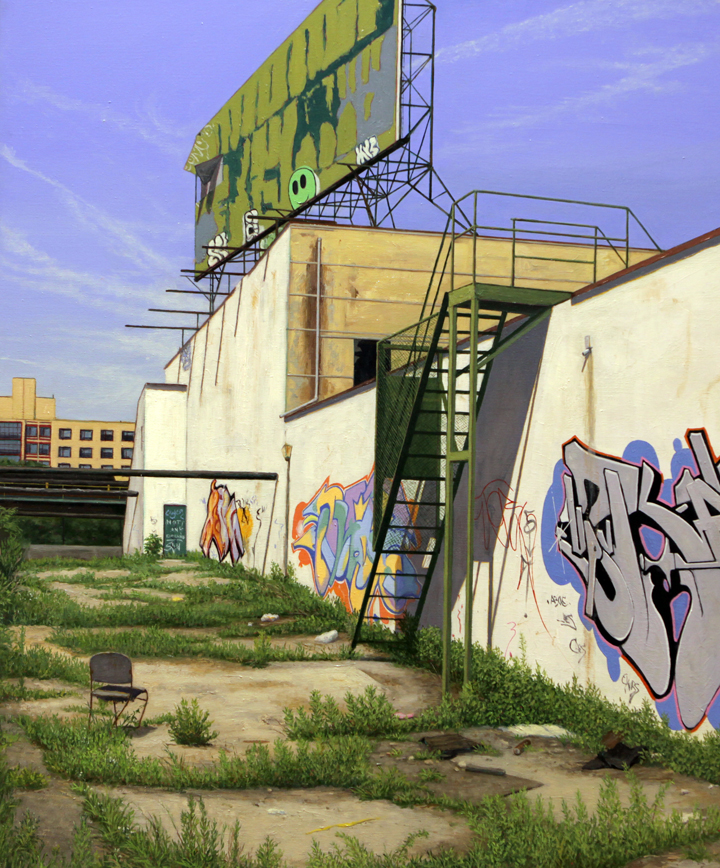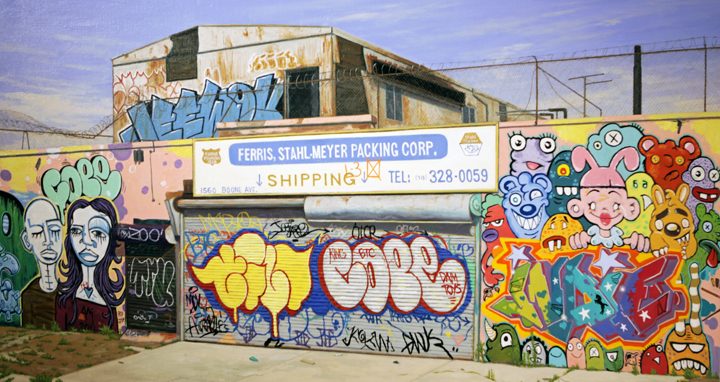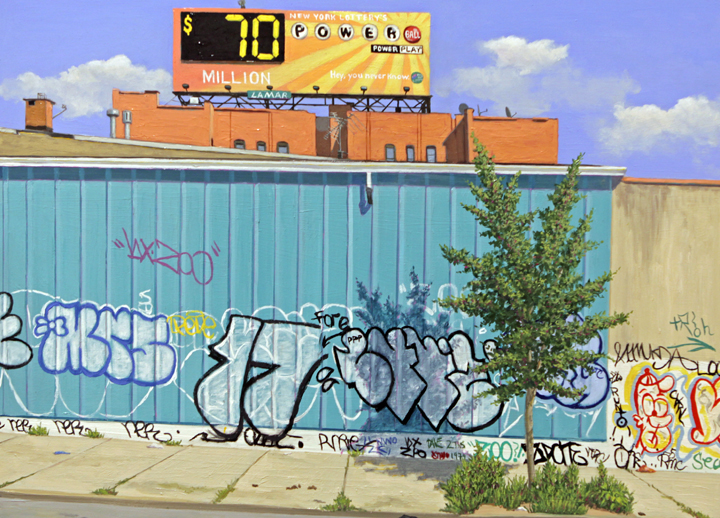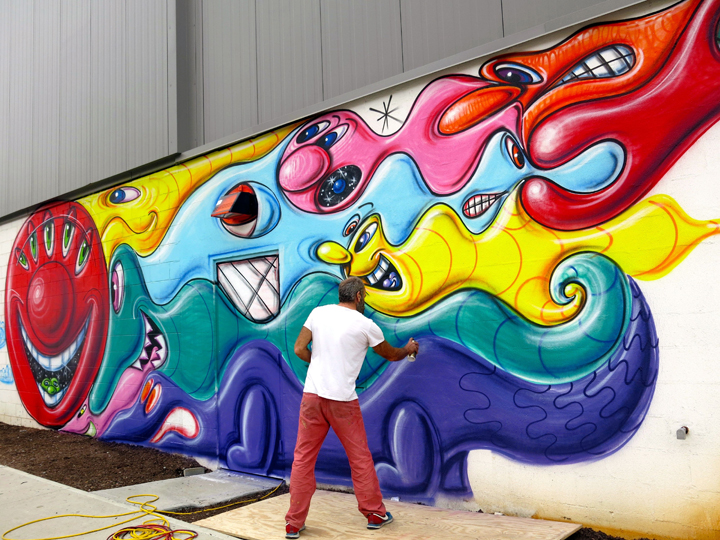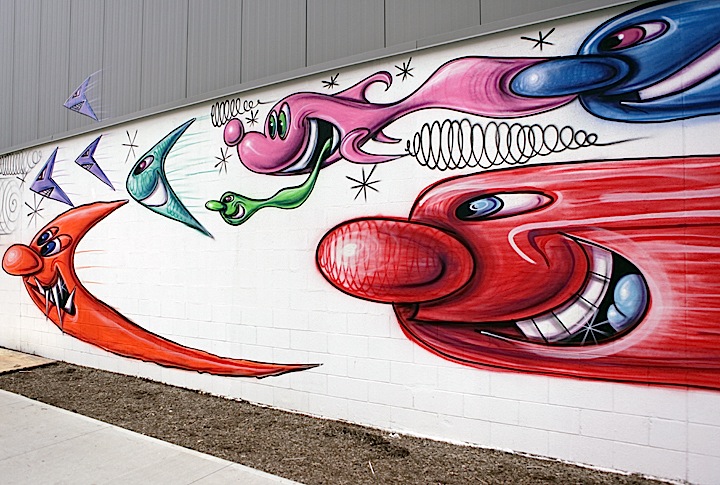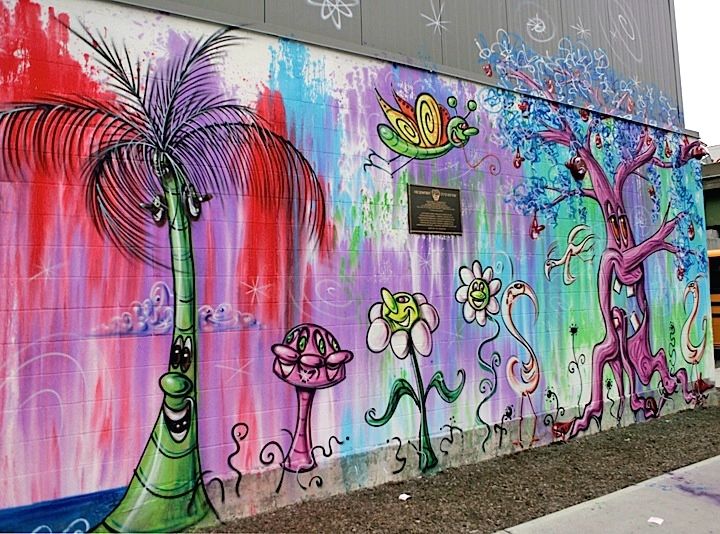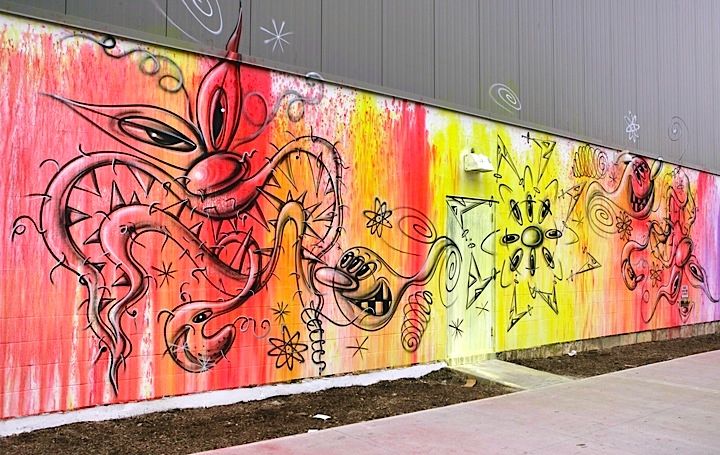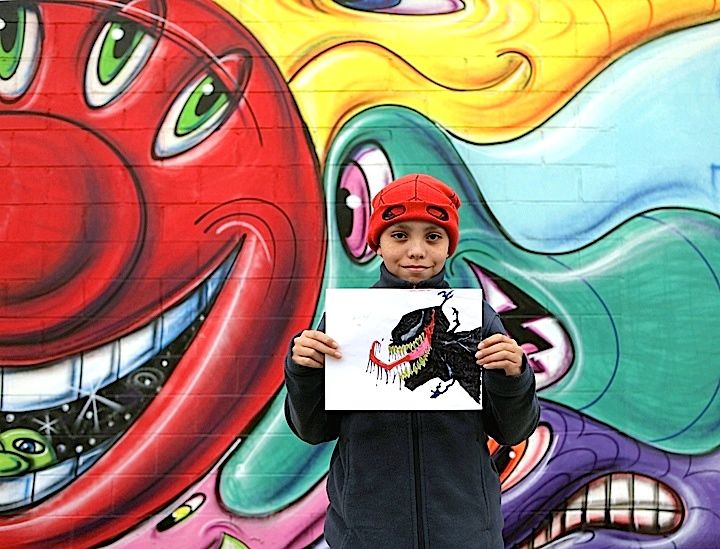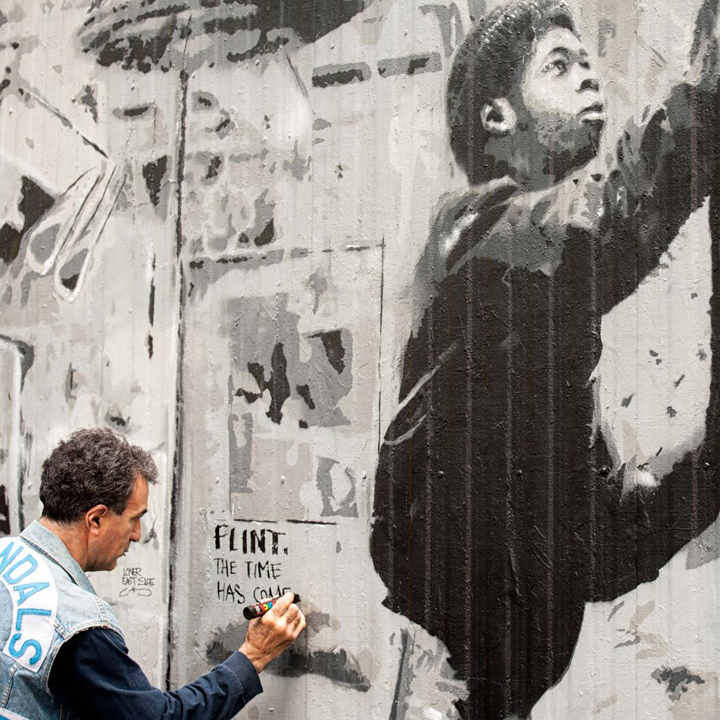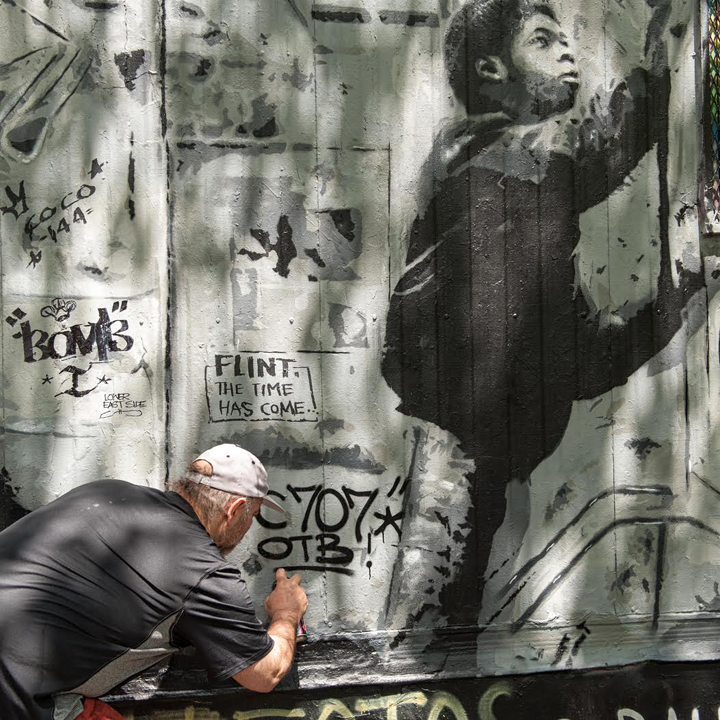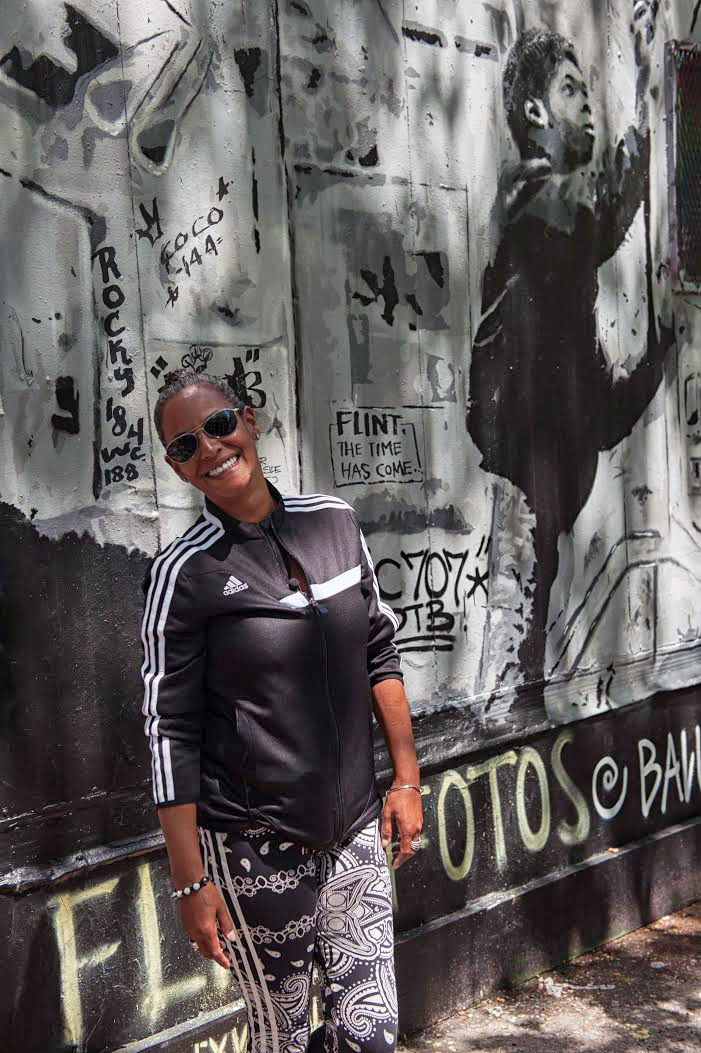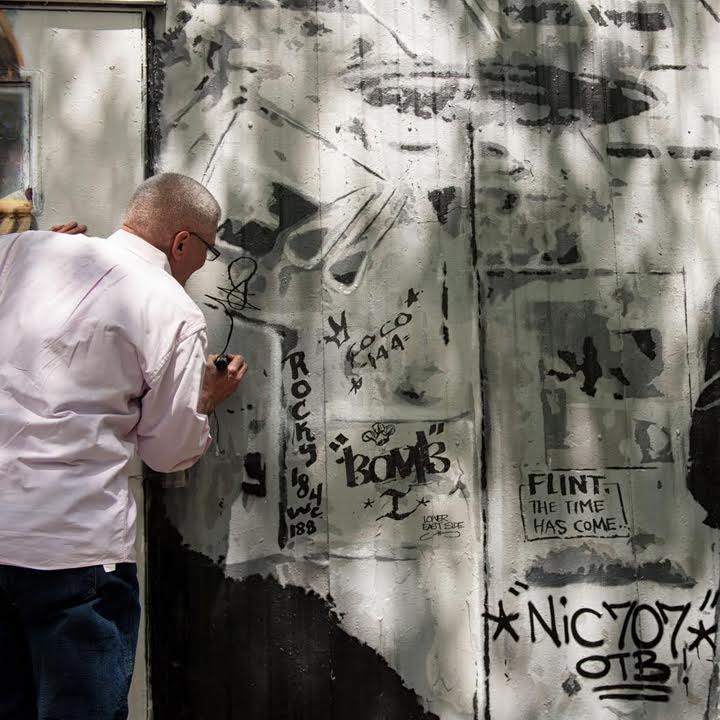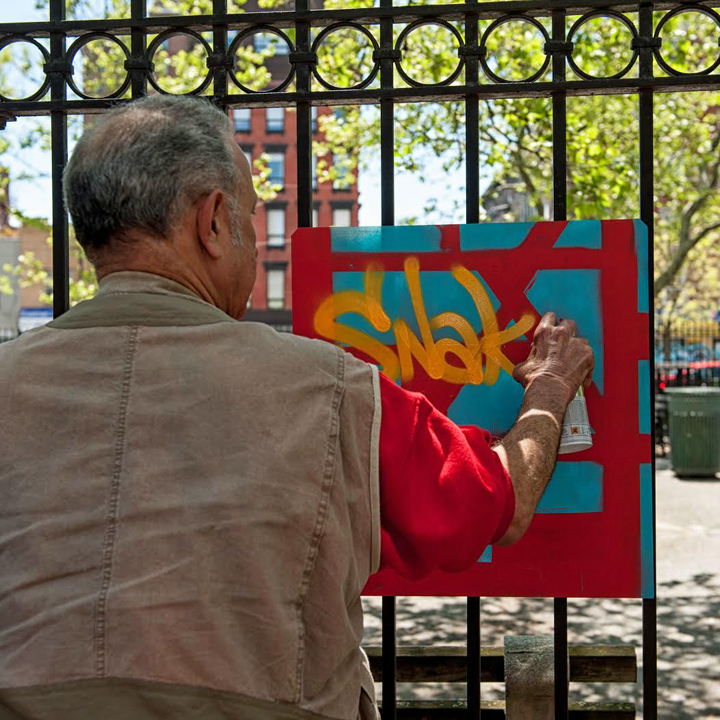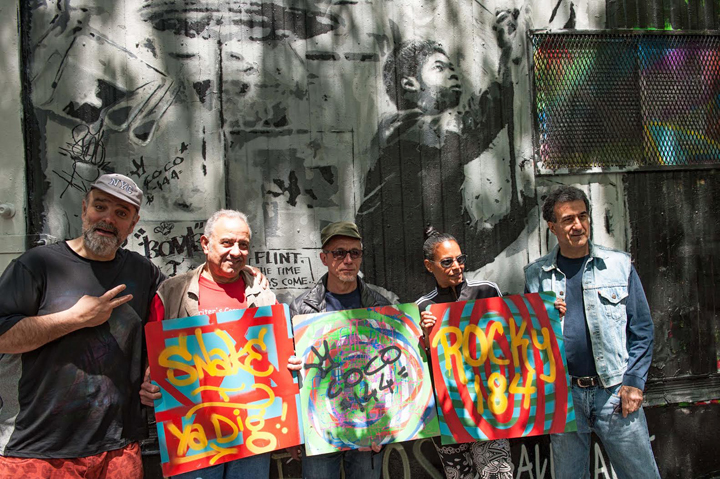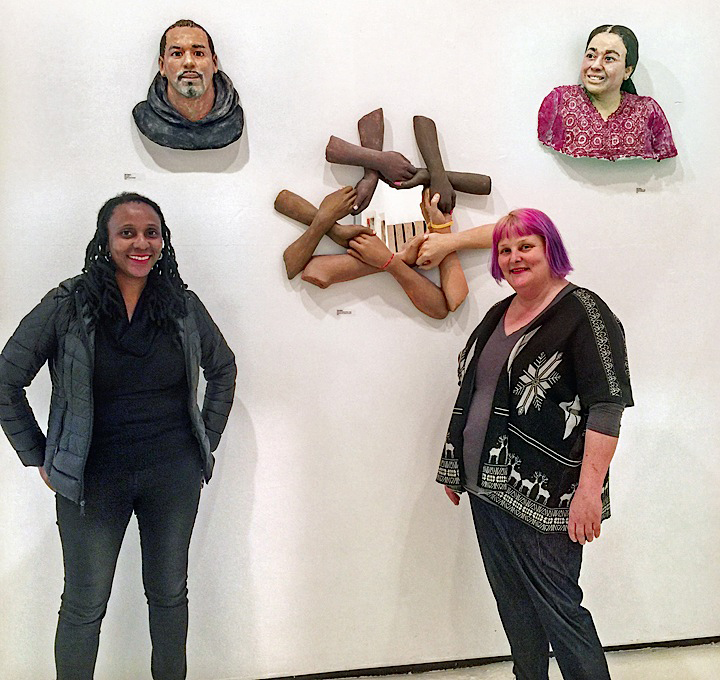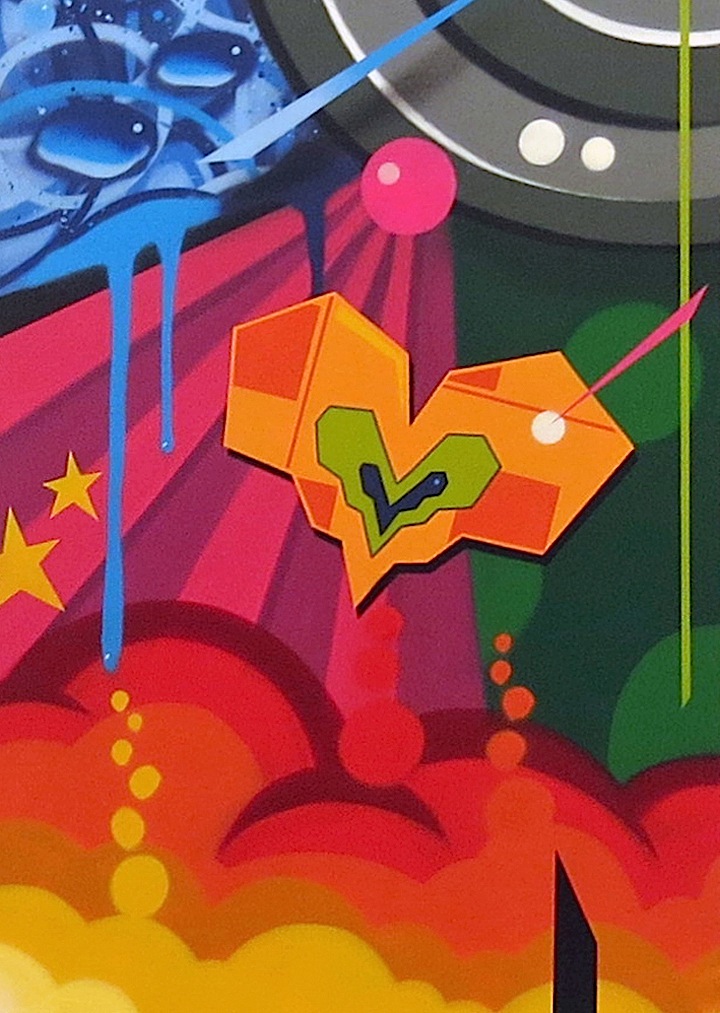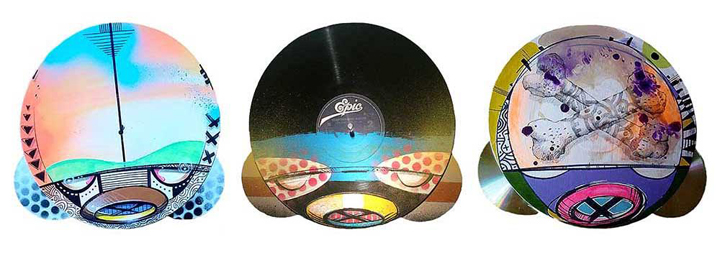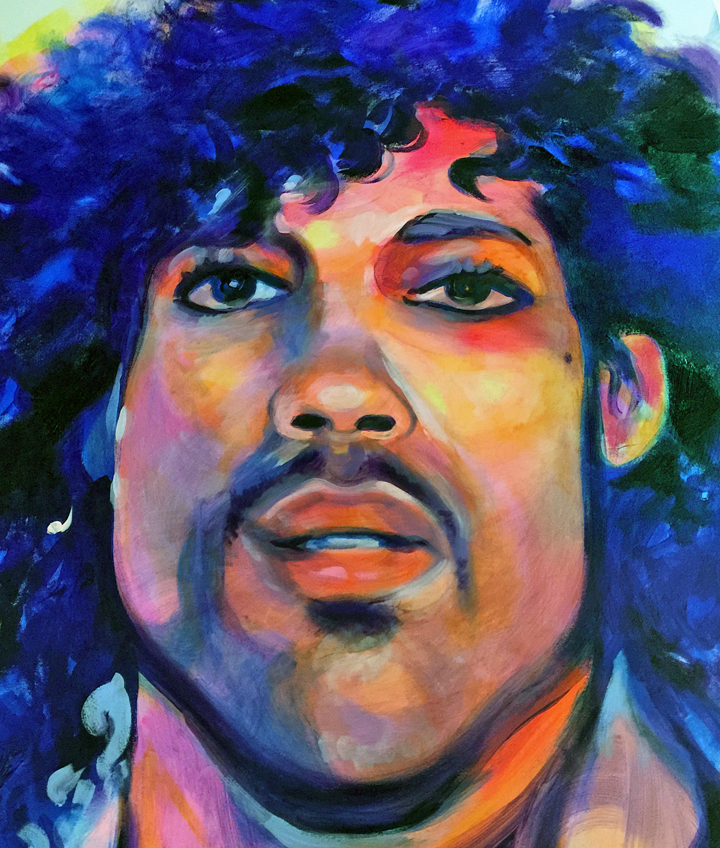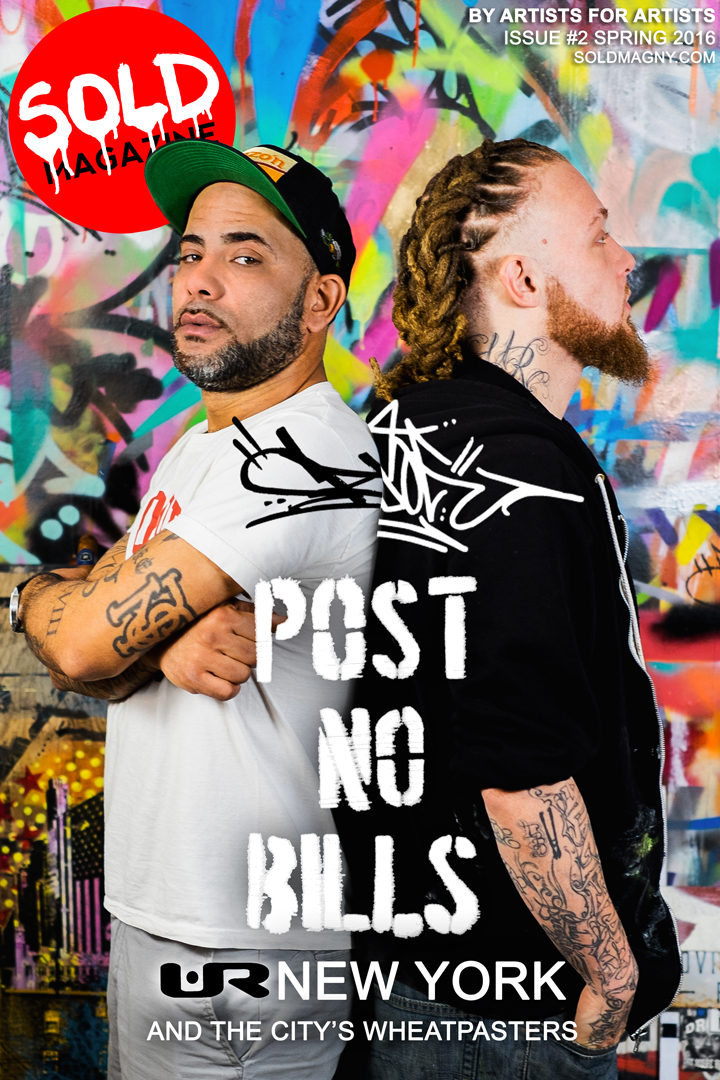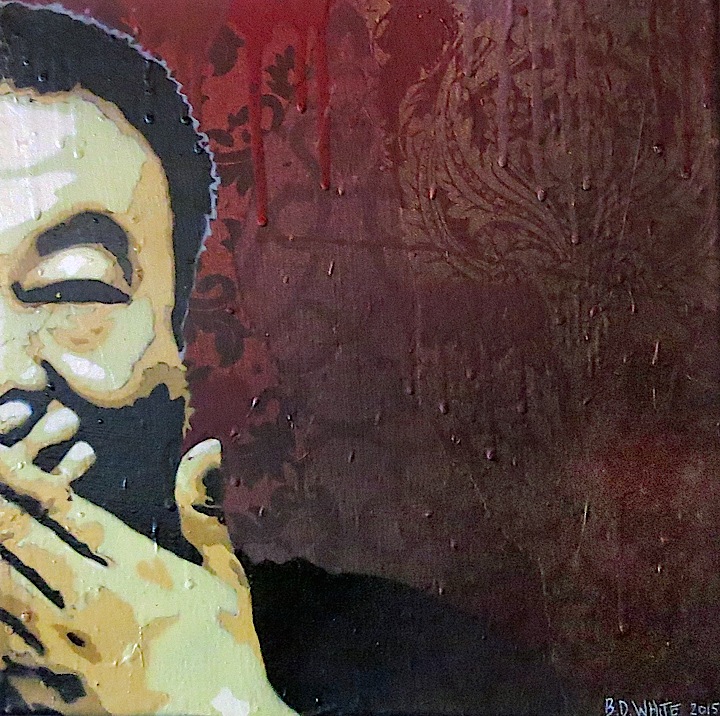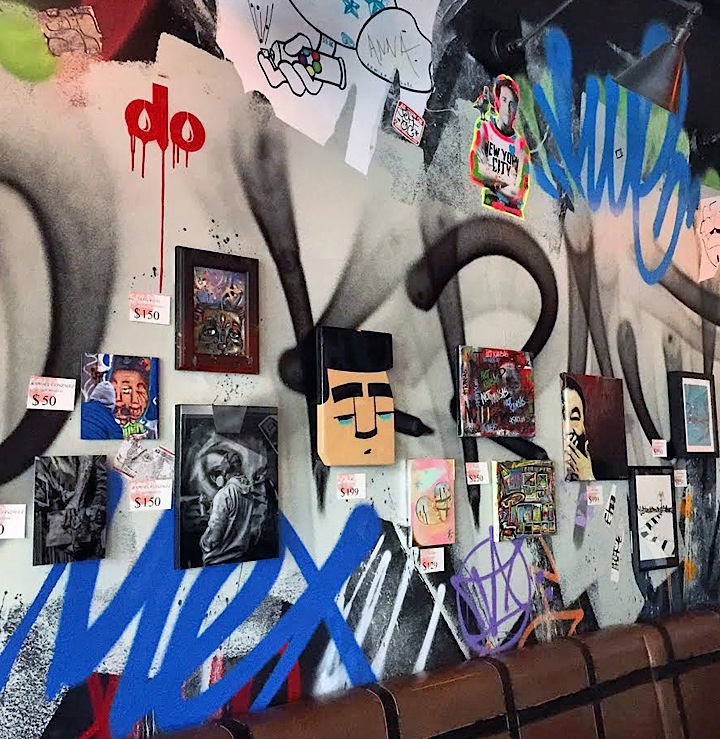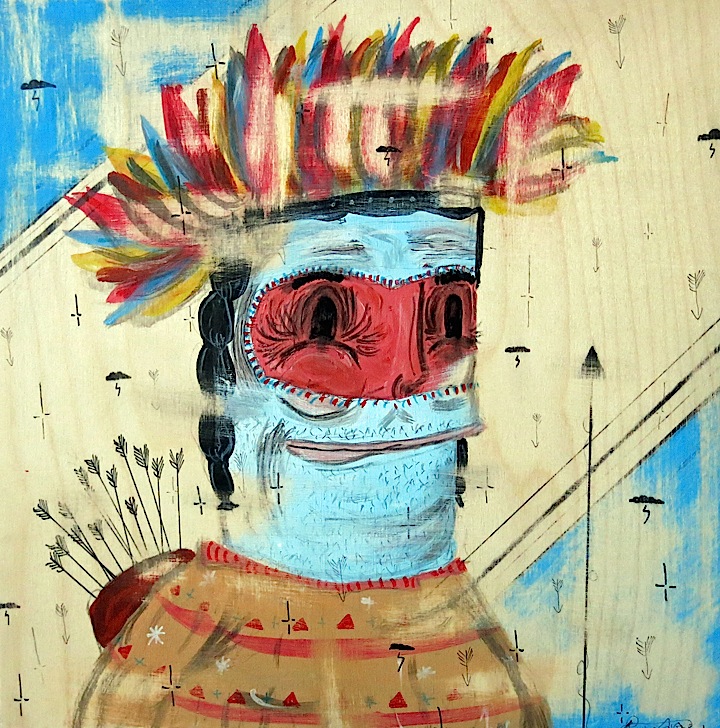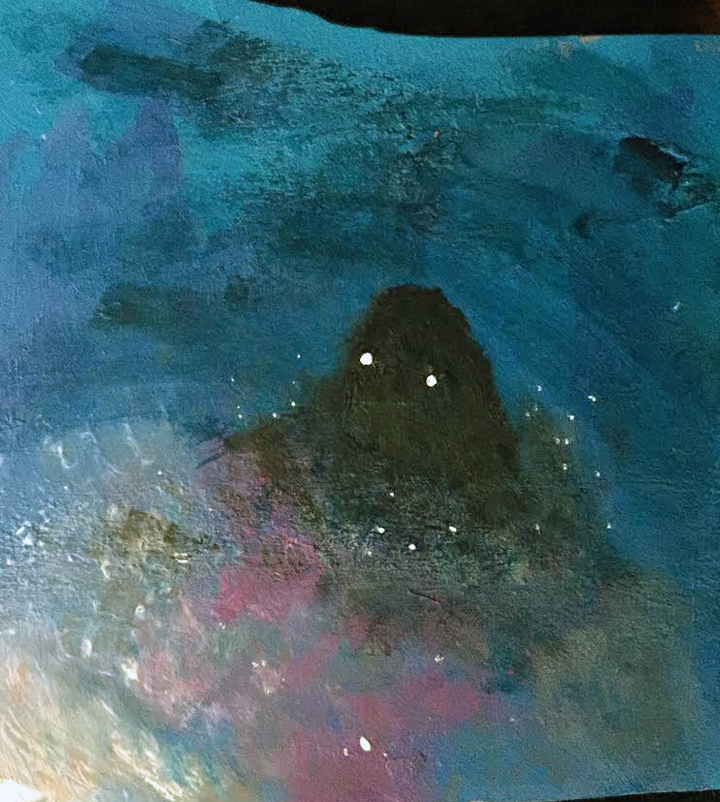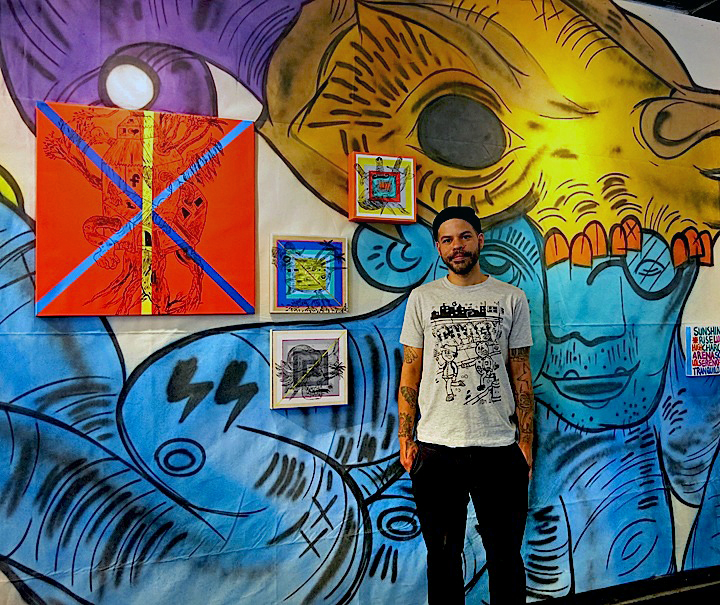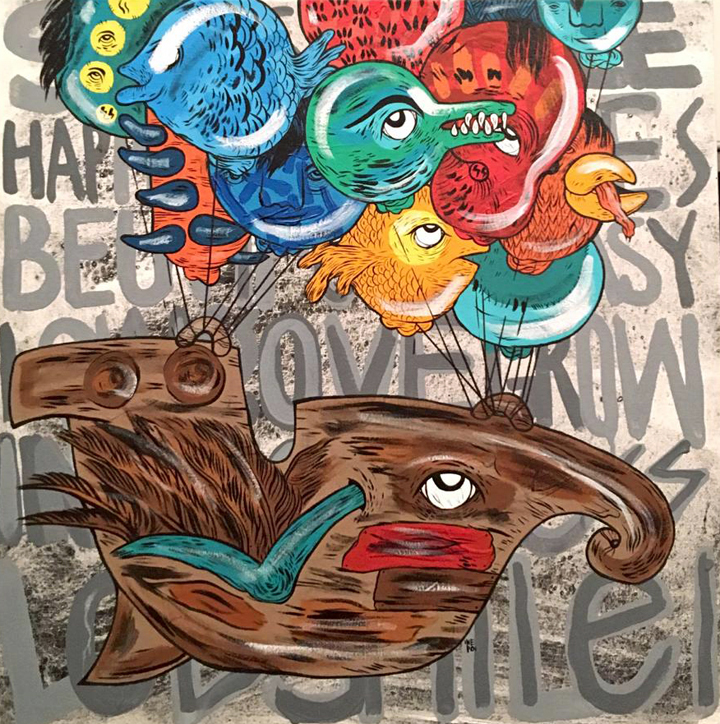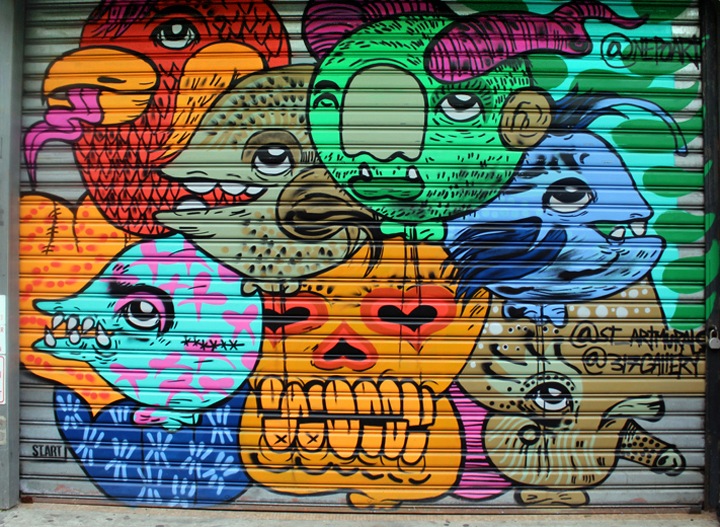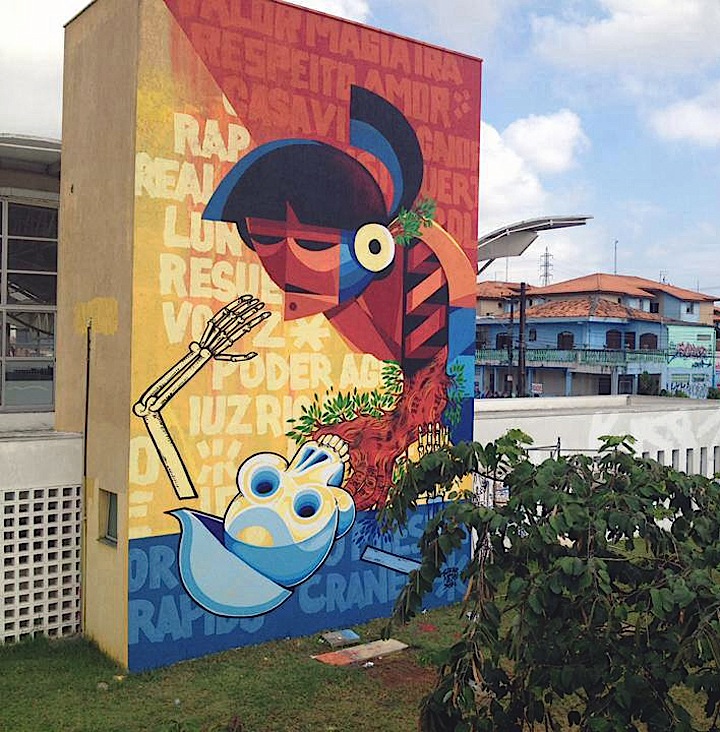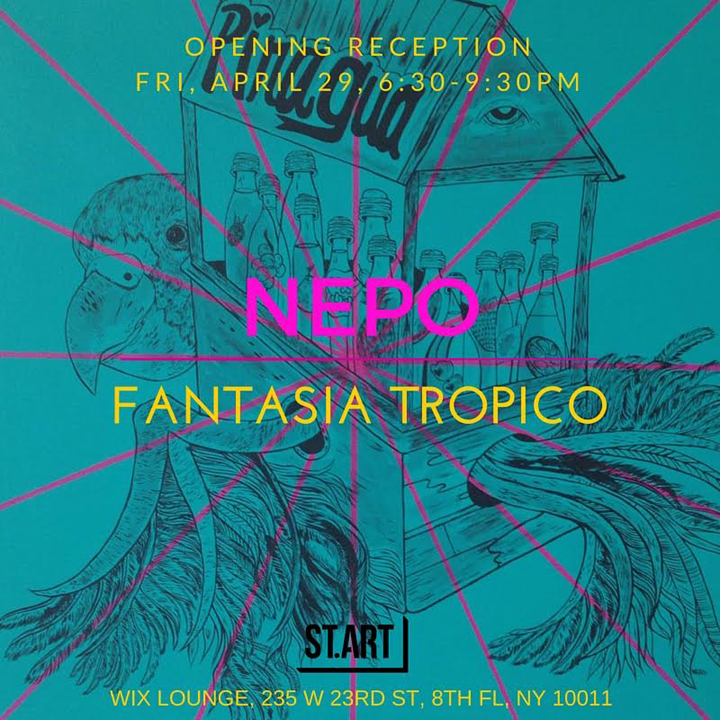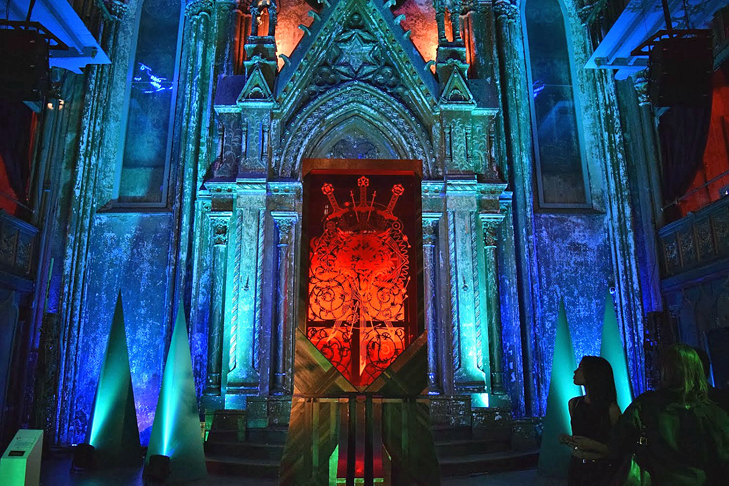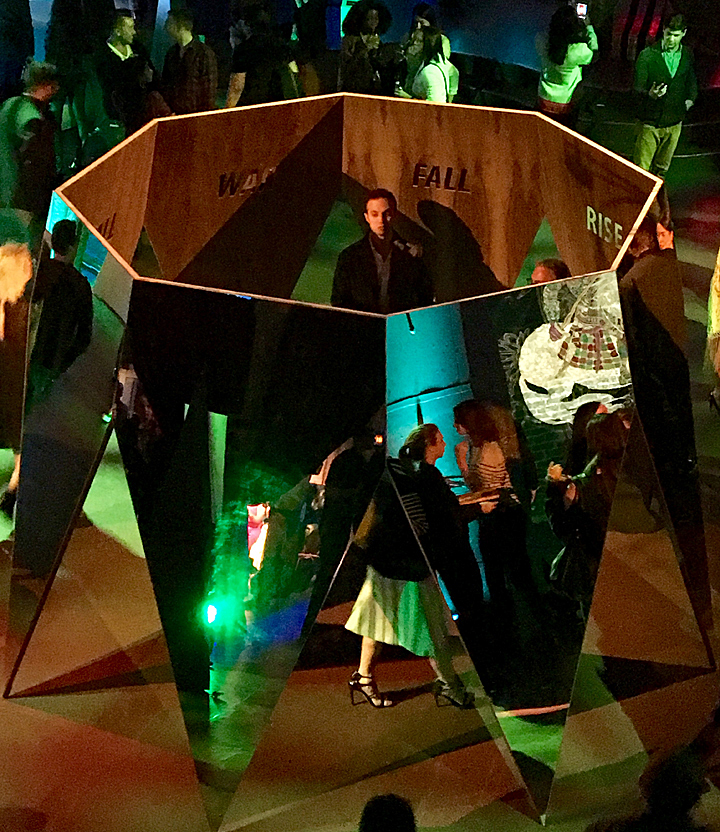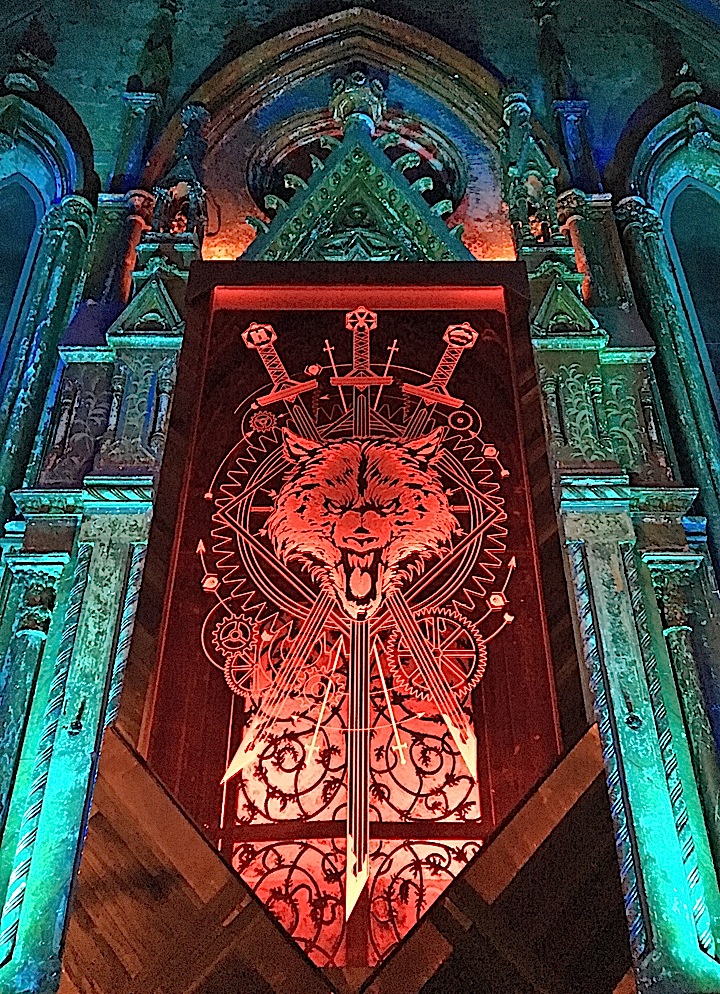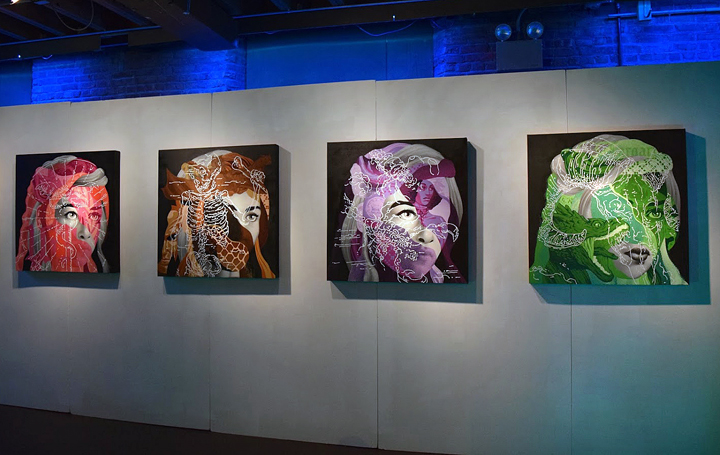Back in 2012, Chicago-native Shawn Bullen brought his wonderful talents to Bushwick. This past weekend, I had the opportunity to meet up with the gifted artist who has just returned to NYC after spending several years in San Francisco.
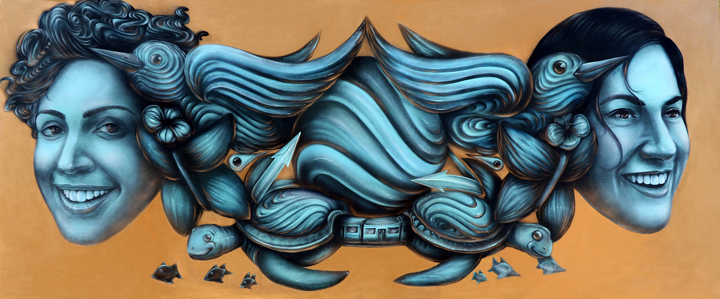
When and where did you first get up in a public space?
When I was 17, I got hold of some Mean Streak markers and started tagging the mailboxes in my Chicago neighborhood.
What inspired you to get up?
My friends were doing it, and it seemed like a fun thing to do. I didn’t really think about what I was doing, and I certainly didn’t take it seriously. I also wasn’t very good at it!
Do you remember when you first became aware of graffiti?
There was a graffiti wall in New Hyde Park that I used to pass almost every day. But I didn’t quite get it! I thought, “Why would anyone write something that nobody else could read or understand?”
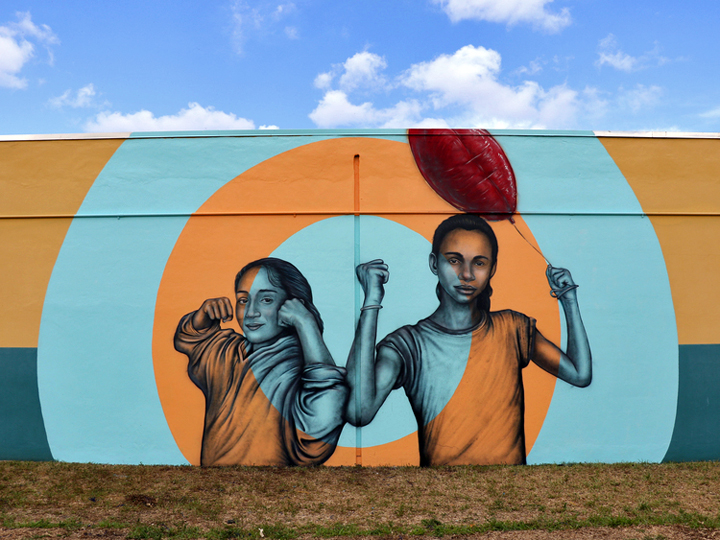
Once you began getting up, did you ever get arrested?
I was arrested twice. The first time, I had climbed on top of a nearby fruit and vegetable stand to write my name. I was caught on camera, and I ended up having to turn myself in. Ironically it led to my first paid gig as the owner of the space offered me $200 to paint his truck.
What was the riskiest thing you ever did back then?
My friend and I would crawl across train tracks lined with live wires through dangerous neighborhoods.
Why did you do that?
To get to rooftop walls that we liked along the Green line.
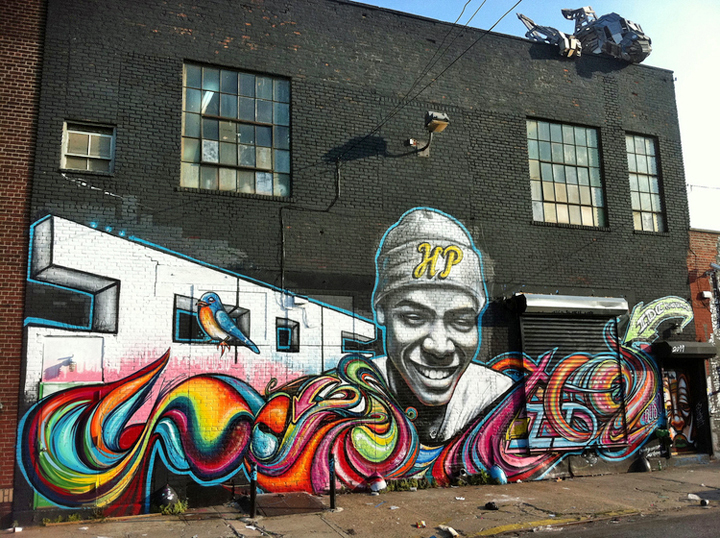
How did your family react to all this?
My mom was hot happy that I was breaking the law, but she was always confident that what I was doing would lead to something.
Do you have a formal art education?
I can’t remember a time when I wasn’t drawing! But, yes, I studied Photography throughout high school. And then I studied Photography and Drawing at Columbia College in Chicago before transferring to NSCAD, the Nova Scotia College of Art and Design. But I didn’t graduate. I left after two years.
Why was that?
I noticed that most of the graduates were working in coffee shops. Few had jobs related to art. I had also felt that I had learned enough.
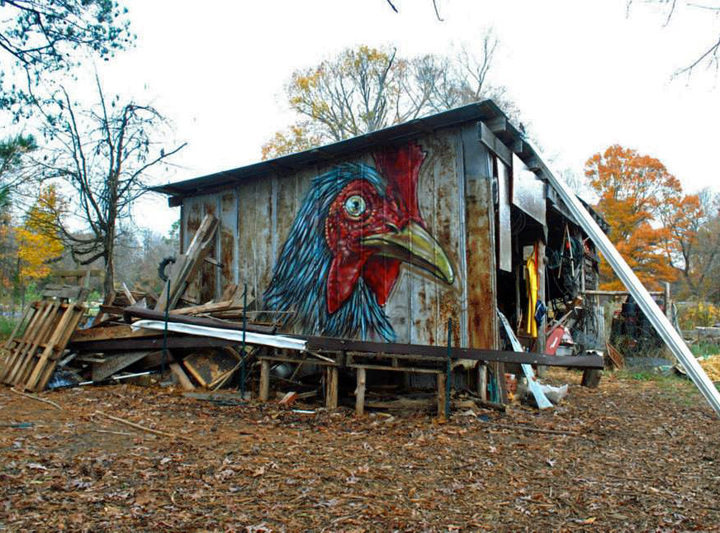
How you feel about the role of the Internet and social media in this scene?
I think the Internet is a beautiful tool that allows us to share our work with others. It is difficult, though, to keep up with social media, and I know that I need to focus more on my Instagram account. I can get lazy!
Are there any particular cultures that have influenced your aesthetic?
Growing up on the South Side of Chicago, I was exposed early on to the hip-hop culture. Undoubtedly, it has influenced my aesthetic. And when I paint, I almost always listen to hip-hop – Kenye West, Jay Z, Drake…
Have you any favorite artists?
So many! To name a few…Kehinde Wiley, Chuck Close, Basquiat, Aryz, the Etam Crew, and – of course – Michelangelo hasn’t been topped yet!
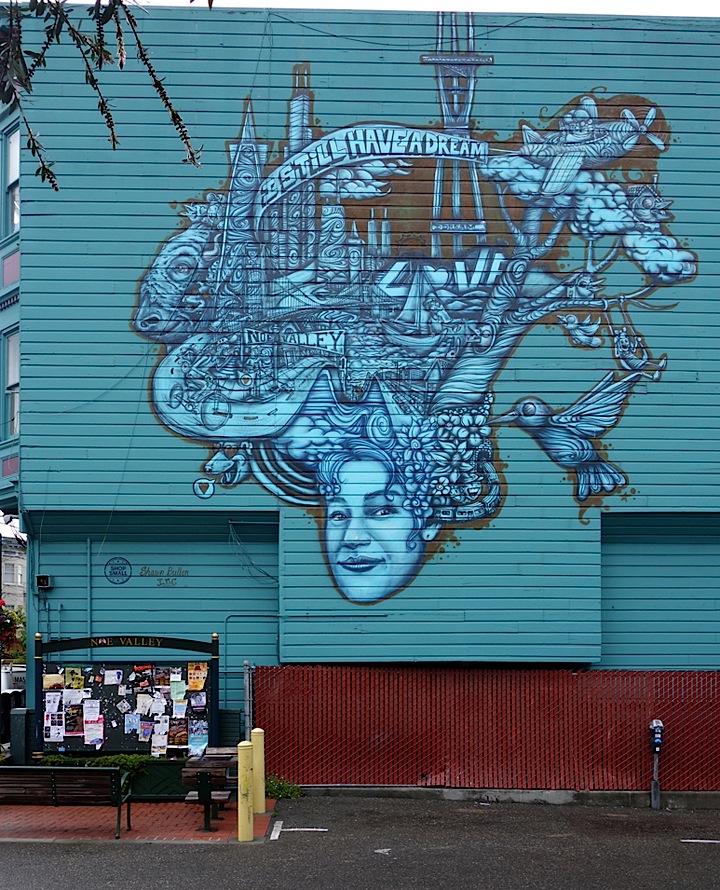
That’s quite a diverse group! Do you prefer working alone or would you rather collaborate with others?
From ages 17-22, 90% of what I painted was with my crew, the IDC Art House, but these days I feel more and more that I like making my own decisions.
Do you generally work with a sketch-in-hand or do you just let it flow?
It depends. I love to freestyle. It is so much fun. But for commissions I often have to present a sketch first.
Are you generally satisfied with your finished piece?
It’s never as good as I’d imagined it to be, but since I can’t spend years on it, I’m generally proud of myself.
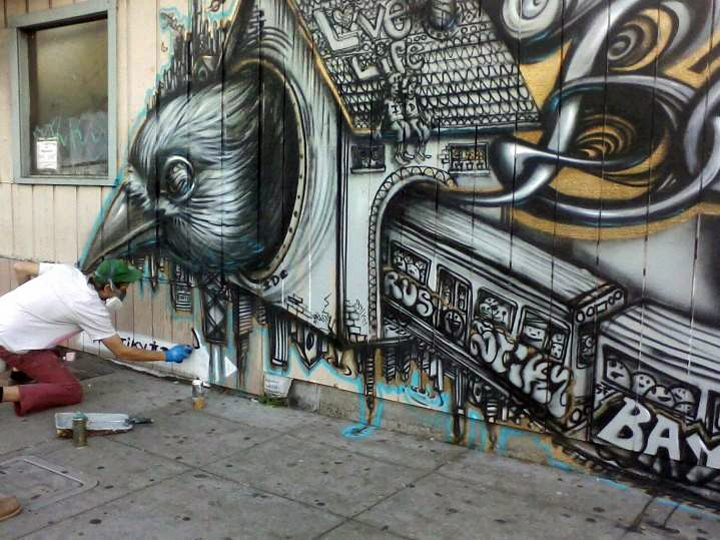
Have you exhibited in galleries? Any thoughts about street artists and graffiti writers showing in gallery settings?
Yes, I’ve exhibited in several shows, both solo and group. I don’t have a problem with street artists exhibiting in galleries. All artists need as much exposure and financial support as they can get. And I have only respect for artists who have moved onto the fine art world.
What about the corporate world? Any thoughts about that?
I have mixed feelings about it. Clearly not all corporations are evil. And, yes, I’ve worked with corporations. Corporate gigs, in fact, make it possible for me to survive as an artist. And why shouldn’t corporations support artists?
And do you work full-time as an artist?
Yes! From age 18 on, I was either teaching art or doing art.
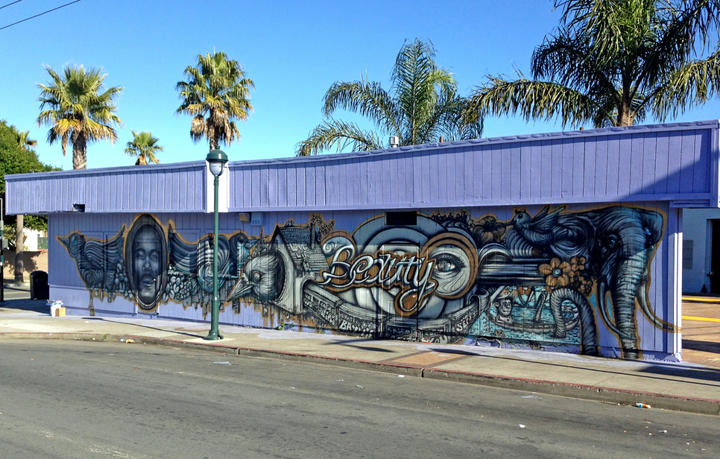
What inspires you these days?
I’m interested in exploring people’s ideas as to how we can save the world. I’m intent on uncovering solutions to problems that affect us all.
How has your artwork evolved in the past few years?
I think much more about concepts, and I continue to paint on a larger and larger scale.
What do you see as the role of the artist in society?
It’s up to each artist to decide his or her role. I see my role as making life better. I want use my art to make people feel better. I would love to change someone’s life with my painting!
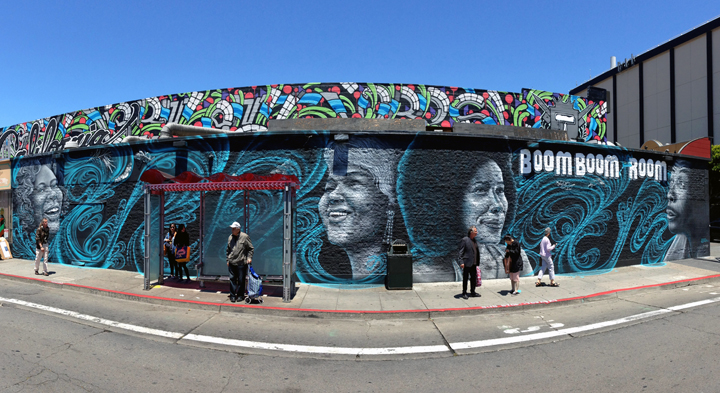
What’s ahead?
I want to paint! I’d like to create at least one piece of public art in every country in the world. And I’d love NYC to be my home base!
Interview conducted and edited by Lois Stavsky; photos courtesy of Shawn Bullen, SHAWNBULLEN1@GMAIL.COM
Note: Hailed in a range of media from the Huffington Post to the New York Times, our Street Art NYC App is now available for Android devices here.

